Summary
- Super Street Fighter 2 Turbo ambushed skilled players with an unstoppable boss, Akuma.
- Gradius III steals power-ups from players excelling at higher difficulties.
- Sonic the Hedgehog punishes speedrunners with time-wasting score screens.
Some video games reward skill. Others, though, punish it. After hours of grinding, mastering mechanics, and reaching near-flawless precision, only a handful of players can claim perfection. But game developers…well, they see that as a challenge.
Whether it’s adaptive difficulty cranking up the heat, hidden mechanics sabotaging top-tier players, or secret punishments for those who dare to dominate, these games make sure mastery comes at a price. From Super Street Fighter 2 Turbo ambushing the best with an unstoppable boss to Mario Kart making sure no lead is ever safe, here are the games that don’t just test skill — they fight back against it.
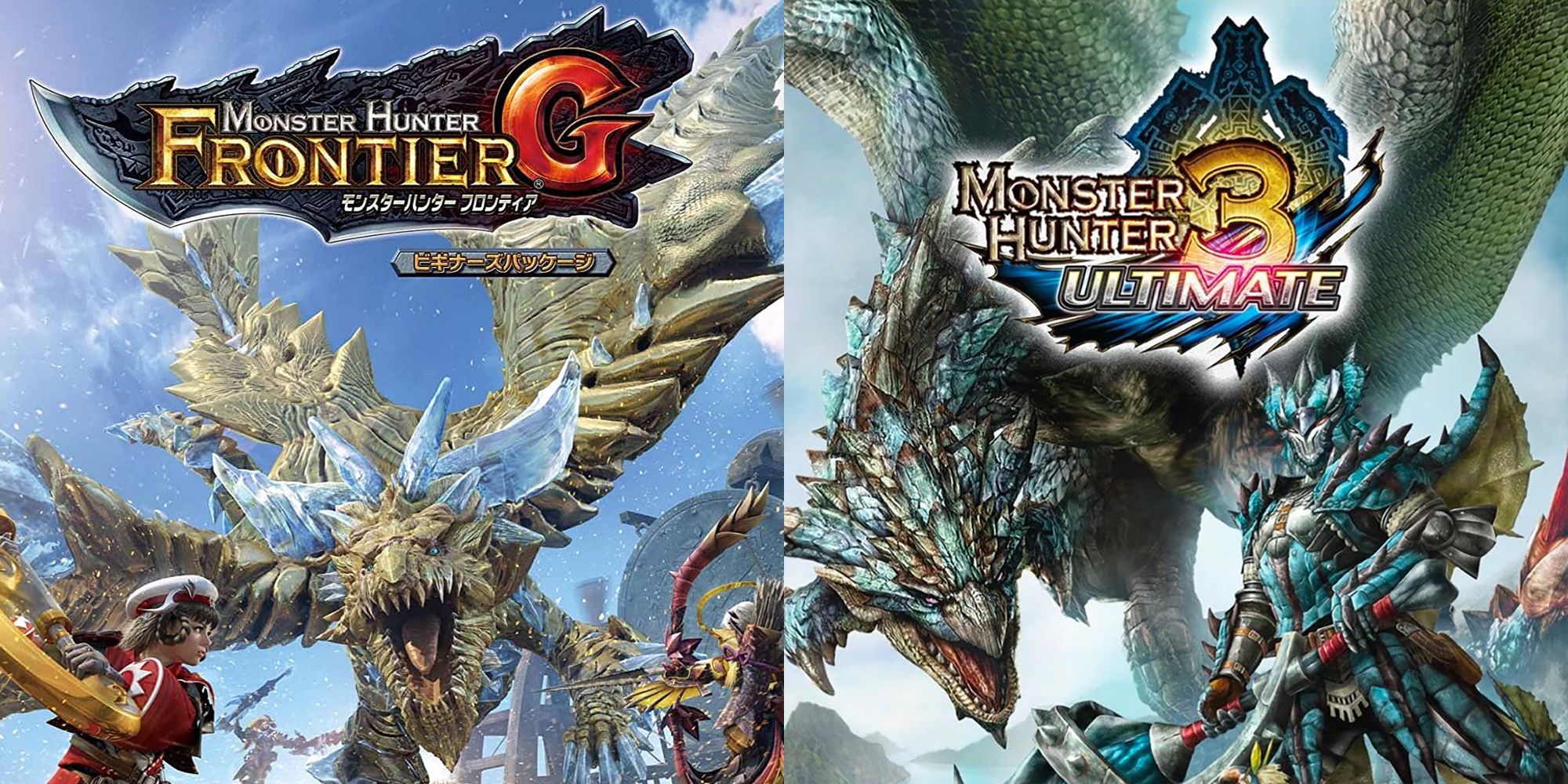
Related
9 Hardest Monster Hunter Games, Ranked
The Monster Hunter franchise is known for exceptional difficulty, but these entries provided something even harder than the usual challenge.
10
Sonic The Hedgehog
Completing Levels Too Fast Triggers A Time-Wasting Score Screen

Sonic the Hedgehog is all about speed — except when it isn’t. In a weird twist, being too fast can actually slow a player down, at least in terms of speedrunning efficiency. If a player finishes a stage in under 30 seconds, they’re rewarded with a hefty 50,000-point score bonus. The problem is that this bonus takes around 8 seconds to tally up, which can be a nightmare for those chasing record-breaking times.

Related
Sonic The Hedgehog: 7 Games With The Best Combat, Ranked
Sonic games may not be most well-known for their combat, but these titles manage to nail this particular aspect of the experience.
Meanwhile, if a player takes slightly longer — over 30 seconds — they only get a 10,000-point bonus, but it processes in 2 seconds, saving precious time on the in-game clock. For casual players, this isn’t a big deal. But for speedrunners obsessed with shaving off every possible fraction of a second, going slower can ironically be the faster route to victory.
9
Super Street Fighter 2 Turbo
Perfect Play Unlocks Akuma, A Boss Designed For Punishment

Super Street Fighter 2 Turbo
- Released
-
February 23, 1994
Super Street Fighter 2 Turbo dares players to push their limits. Arcade Mode already demands precision, but those who blaze through without losing credits, rack up a high score, or finish within 25 minutes are met with a brutal surprise. Instead of facing M. Bison, they’re ambushed by Akuma, a hidden boss whose speed and relentless offense make him one of the most punishing foes in the series.
His infamous Shun Goku Satsu can end fights in an instant, leaving even seasoned players struggling. While beating him is an achievement, the battle itself feels more like a punishment for being too good at the game. Unlocking Akuma as a playable character is the silver lining, but surviving his onslaught is another story.
8
Gradius III
Excelling In Combat Summons Enemies That Steal Power-Ups
Gradius III doesn’t just punish mistakes — it punishes success too. In this classic shoot ‘em up, Options (or Multiples) are crucial power-ups, giving players extra firepower by mimicking their attacks. But if a player gets too good, Konami throws in a curveball: the dreaded Option Hunter. This enemy exists purely to steal Options, crippling a well-equipped player in an instant.
The Option Hunters only show up when a player is excelling at higher difficulties. Some seasoned Gradius III veterans even resort to intentionally crashing their ships to avoid triggering these thieves. In other words, sometimes the best strategy is to lose on purpose.
Enduring Torture Grants A Weaker Reward Than Failing
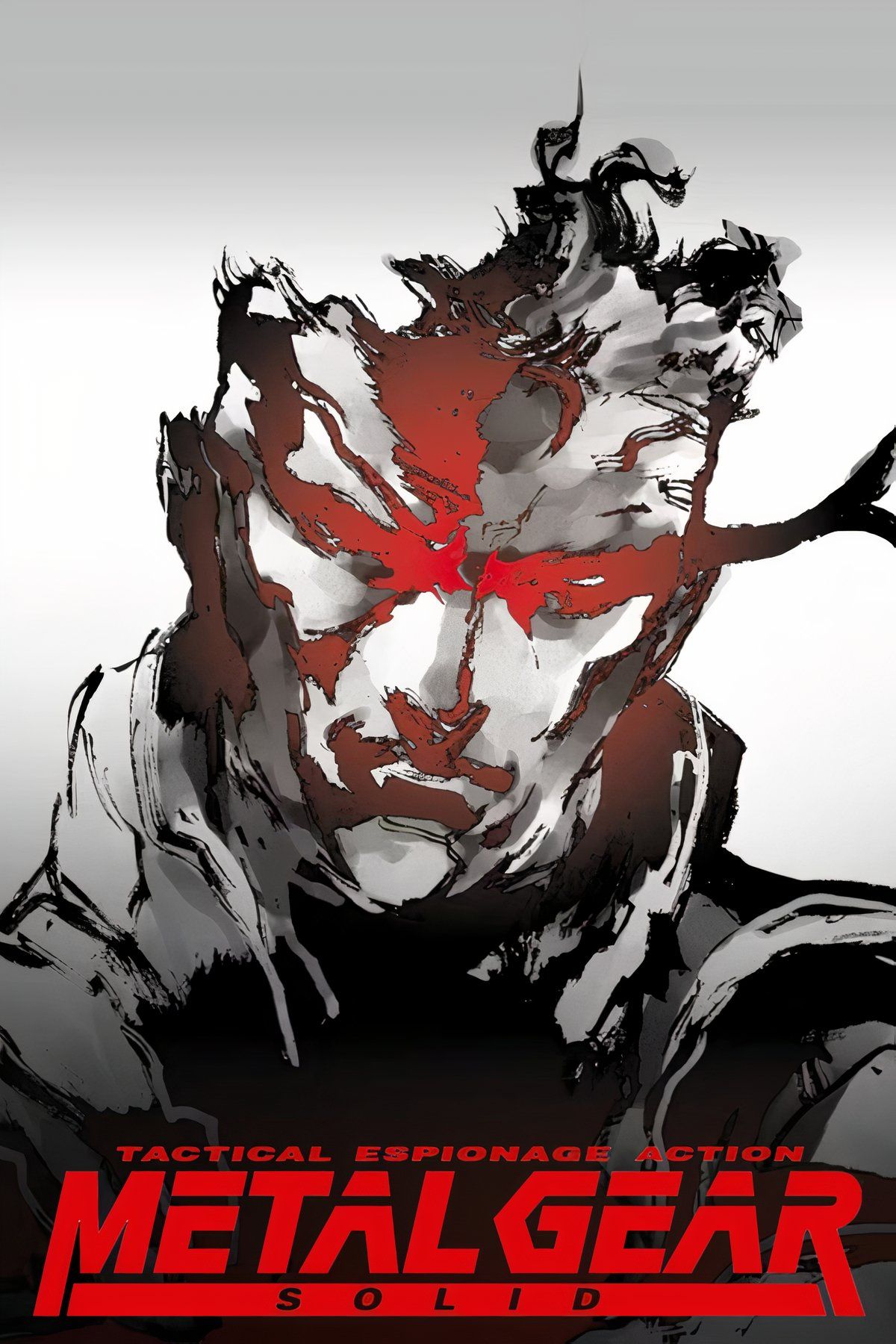
In Metal Gear Solid, sometimes failure is the fastest path to success. One of the game’s most grueling moments is the infamous button-mashing torture sequence. Players who endure it might expect a nice big reward, but what they actually get is… a bandana that grants unlimited ammo.
While that sounds useful, it pales in comparison to the prize for failing the torture: stealth camouflage, which lets players bypass almost all non-boss enemies entirely. It’s a strange and ironic twist. Those who struggle through the torture sequence get only a modest advantage, while those who give in receive one of the most powerful tools in the game. And if a player survived the torture but still wanted that sweet stealth camo? They’d have to play through the entire game again.
6
Apex Legends
Higher Skill Triggers Tougher Lobbies With Relentless Competition
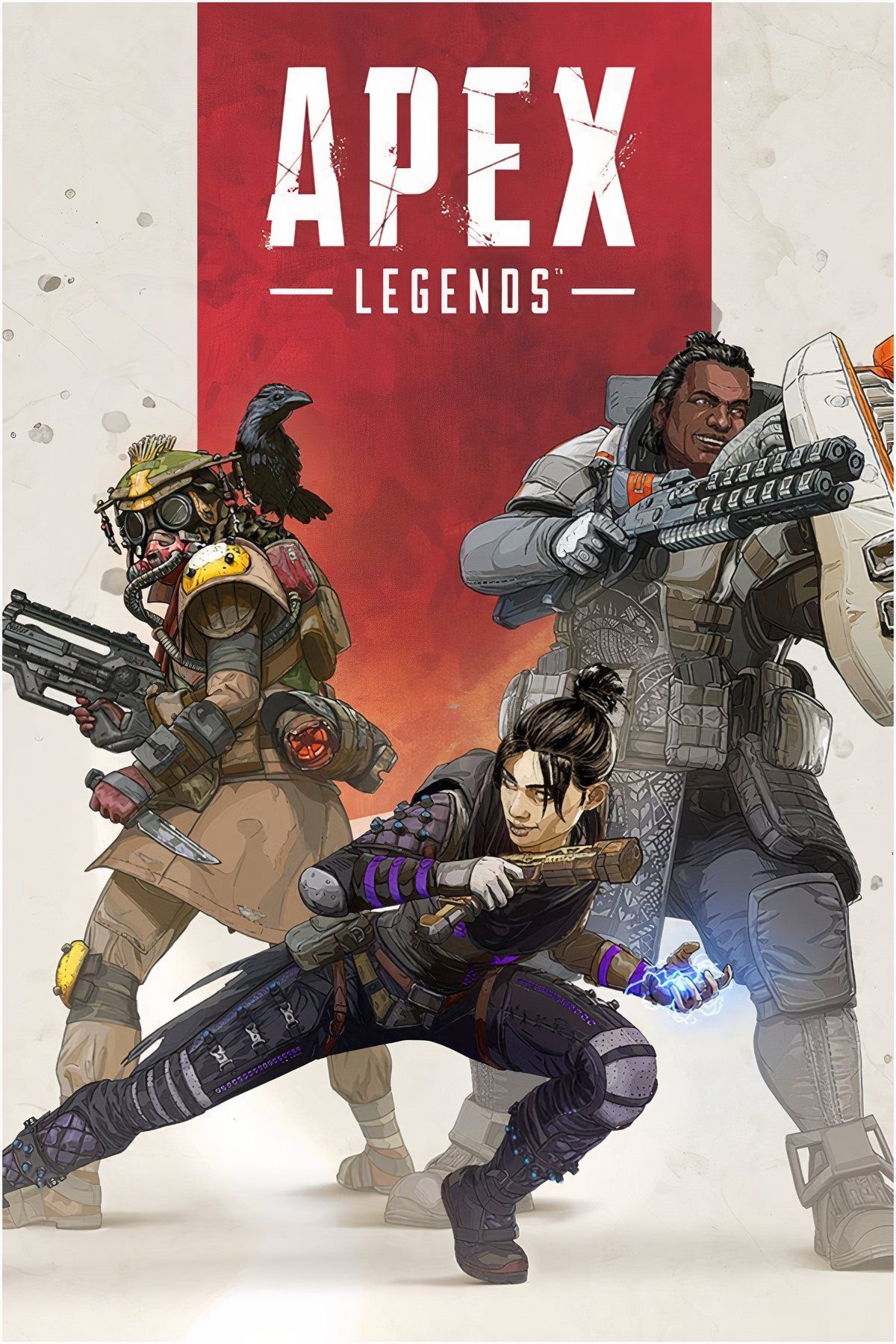
Battle Royale
First-Person Shooter
- Released
-
February 4, 2019
- Publisher(s)
-
Electronic Arts
- OpenCritic Rating
-
Strong
In Apex Legends, getting better isn’t a ticket to easier wins. The game punishes players not with tougher enemies, but with the dreaded reality of Skill-Based Matchmaking. Excelling in battle means getting thrown into lobbies where every opponent is just as deadly — if not more so — turning each match into a high-stakes showdown.
While the system aims to create fairer fights, it often backfires, making casual play feel like a relentless grind. Worse still, a skilled player can end up carrying less experienced teammates, adding even more pressure to perform. Rather than rewarding improvement, the game ensures that success only leads to steeper challenges, forcing players into an endless cycle of sweat-filled lobbies.
5
Mario Kart 8 Deluxe
Leading The Race Guarantees A Blue Shell Attack
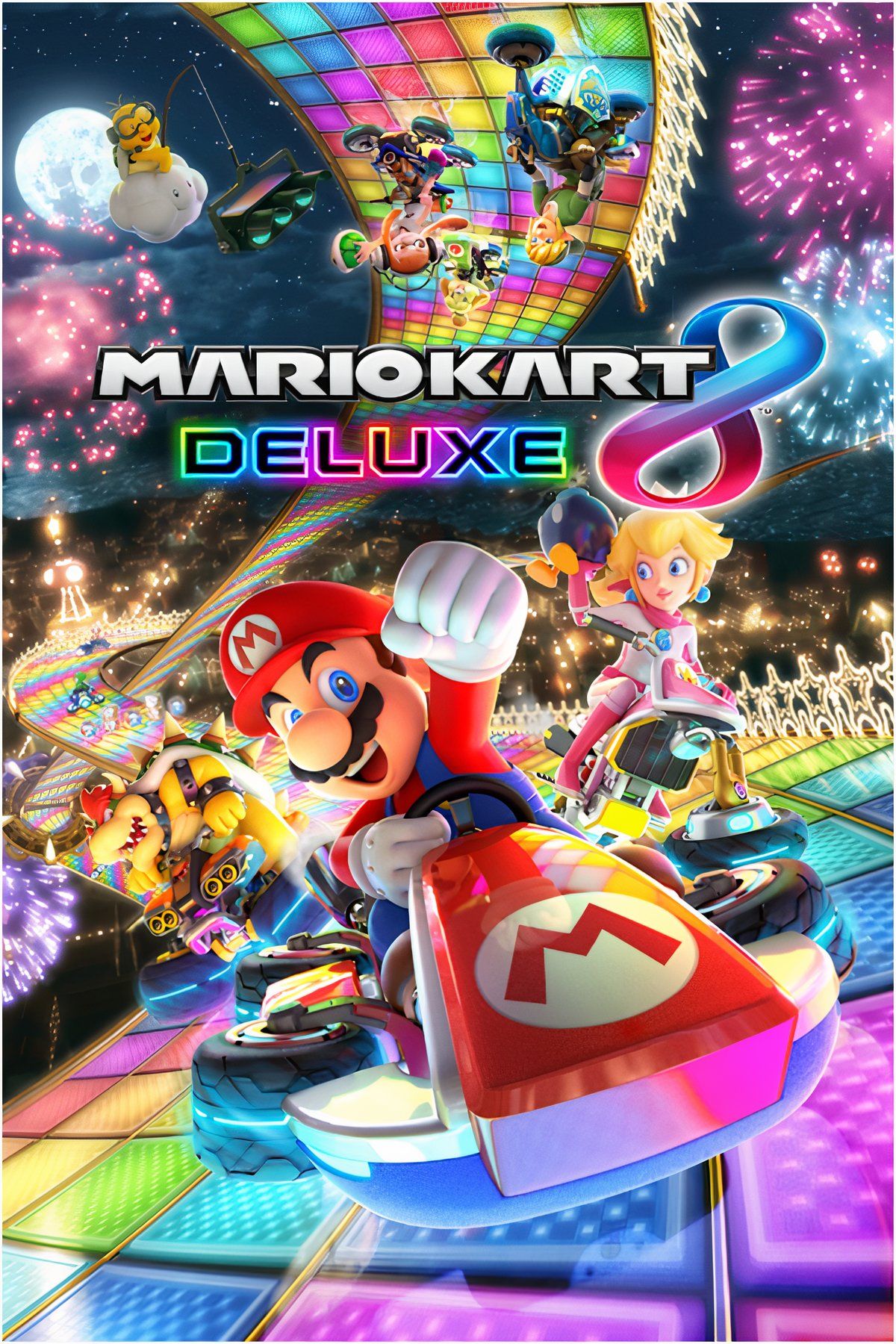
- Released
-
April 27, 2017
- Developer(s)
-
Nintendo
- Publisher(s)
-
Nintendo
- OpenCritic Rating
-
Mighty
Mario Kart 8 Deluxe is a study in controlled chaos, ensuring that no lead is ever safe. The infamous Rubber Band AI keeps races tight by giving slower opponents a speed boost, making it nigh impossible to maintain a comfortable lead. But the real punishment comes from the dreaded Blue Shell, a homing missile of misery that targets whoever is in first place, leaving them in the dust.
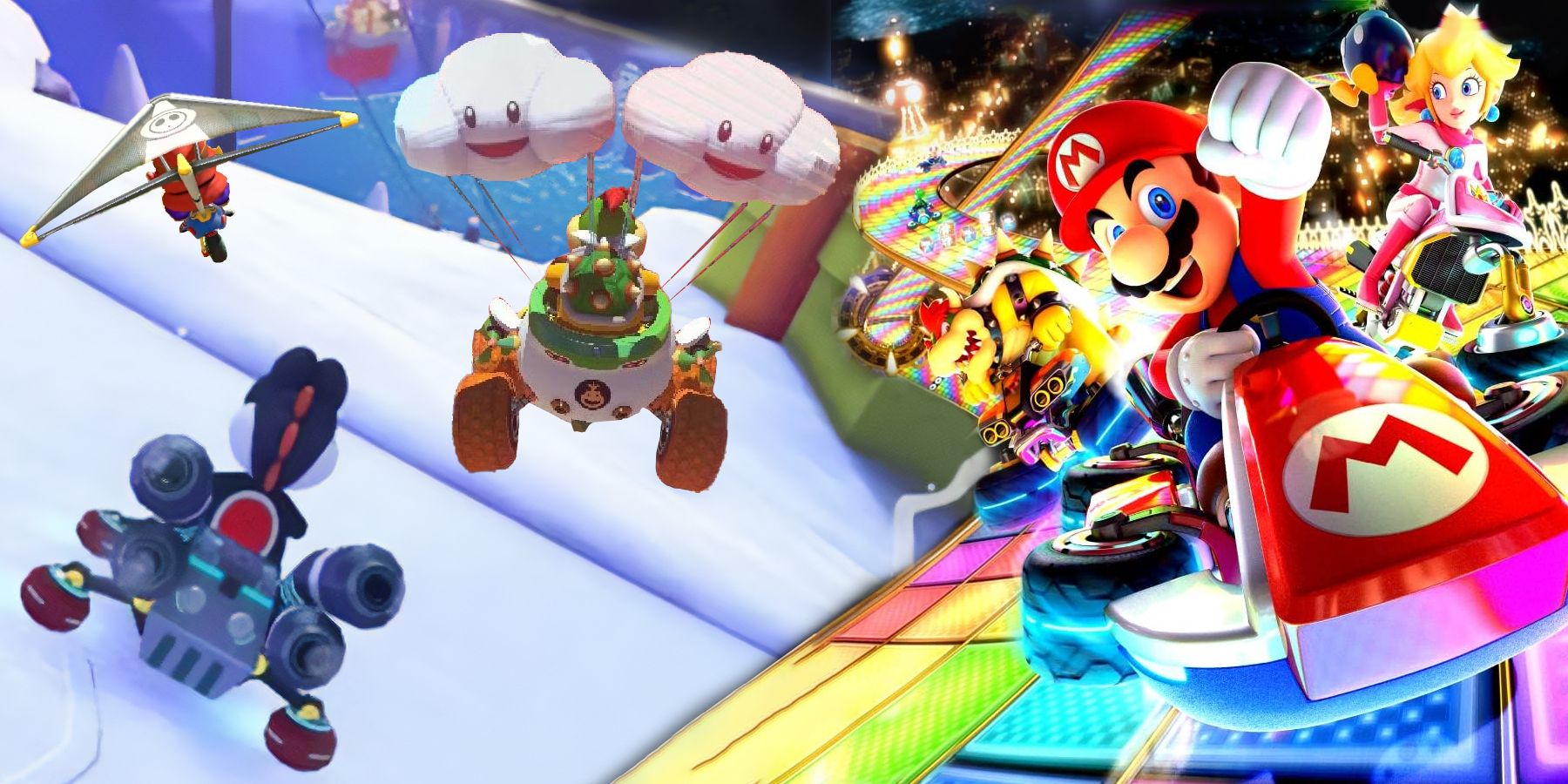
Related
Mario Kart 8: 13 Best Shortcuts You Should Be Using
Knowing these Mario Kart 8 shortcuts will save players some trouble in the long run.
As if that weren’t enough, item distribution is stacked against frontrunners. While those trailing behind get game-changing boosts like Bullet Bills and Stars, the leader is left with bananas and coins. It’s a mechanic that has fueled countless rivalries and last-second upsets, making Mario Kart less about skill and more about surviving the relentless onslaught of bad luck.
4
Super Smash Bros. Ultimate
Dominating Matches Activates Mechanics That Strengthen Opponents
Super Smash Bros. Ultimate turns the tables on skilled players with a clever mechanic that ensures no victory comes too easily. The optional Underdog Boost rule tilts the odds in favor of struggling fighters by increasing their damage and knockback, punishing those who dominate the match. This nasty twist makes battles more unpredictable, especially in casual settings where experienced players might be up against newcomers or younger siblings.
Instead of steamrolling opponents, top-tier players can find themselves at the mercy of a buffed-up rival, forcing them to adapt on the fly. But while some might see it as an unfair handicap, it ultimately reinforces what Smash Bros. is all about: unpredictable, fast-paced fun where even the best can’t take their lead for granted.
3
Resident Evil 4
Good Performance Increases Enemy Aggression & Intelligence
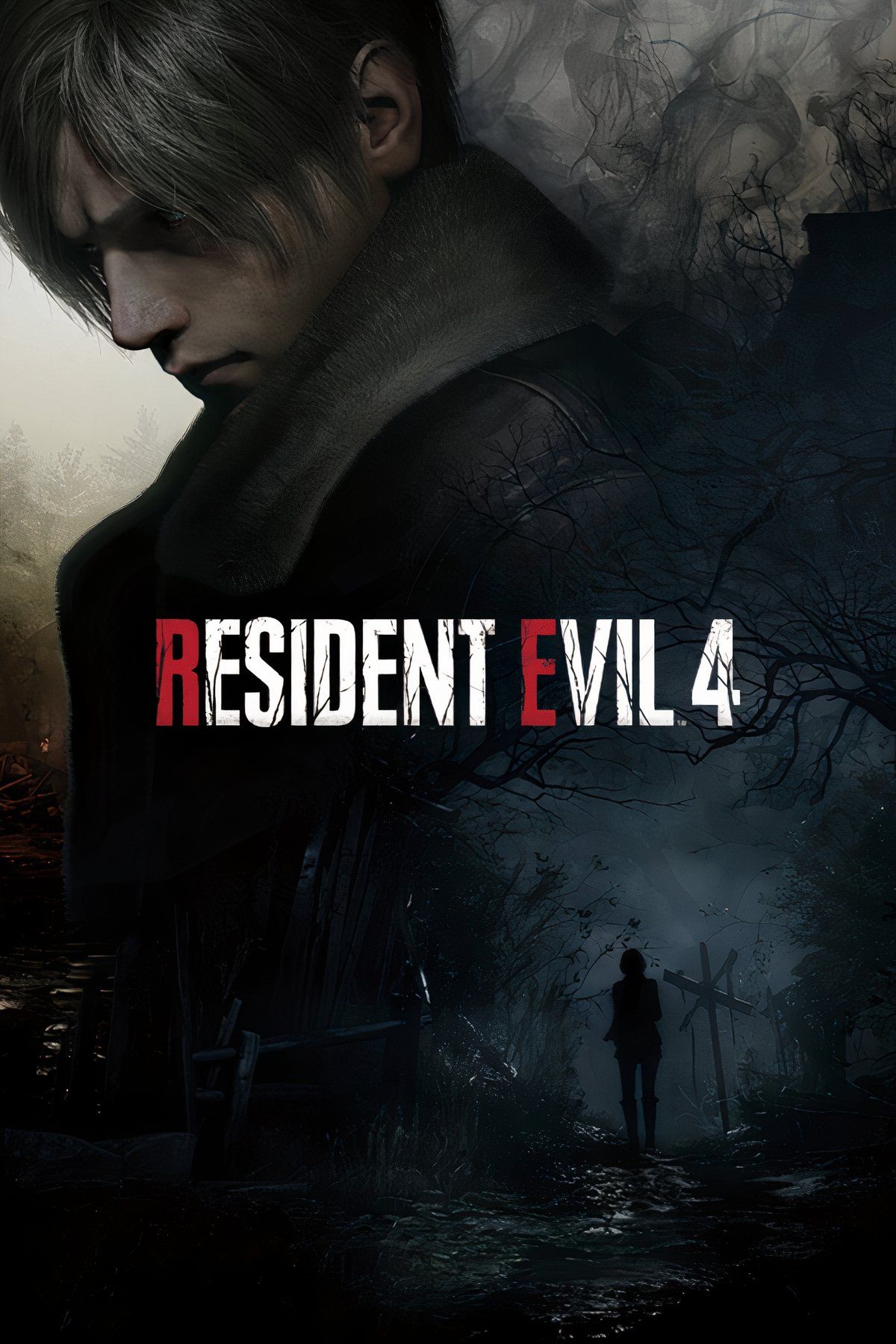
- Released
-
March 24, 2023
- OpenCritic Rating
-
Mighty
Everyone knows that Resident Evil 4 works against the players when they become too good. The game’s hidden adaptive difficulty ensures that those who play too well are met with fiercer resistance. Enemies become faster, more aggressive, and better coordinated, while resources like ammo and healing items become increasingly scarce.
It’s a subtle but brutal system that punishes mastery, making survival feel like a constant uphill battle. While difficulty levels still exist, the game dynamically adjusts itself, ensuring that no two playthroughs feel the same. For less experienced players, the system eases up, but for those tearing through encounters with surgical precision, it transforms into a relentless gauntlet.
2
Undertale
Killing Enemies Unlocks A Brutal, Unforgiving Final Boss

- Released
-
September 15, 2015
- Developer(s)
-
Toby Fox
- OpenCritic Rating
-
Mighty
Undertale is an incredible game that thrives on subverting expectations, punishing players who follow traditional RPG instincts. Those who mindlessly cut down enemies, rather than seeking peaceful resolutions, will find themselves on the dreaded Genocide Route. This path escalates in difficulty and culminates in the brutal battle against Sans — one of the most unforgiving fights in gaming. The game doesn’t just ramp up the challenge; it actively guilt-trips players, breaking the fourth wall to remind them of their merciless choices.
Even outside combat, Undertale delights in punishing overzealous behavior. Take the Thunder Snail minigame — mash the button too eagerly, and the snail collapses in flames. Win the race, and the prize is less than the entry fee. The only way to profit is to lose just enough to earn Napstablook’s sympathy. Simply put, it’s a game that constantly rewrites the rules, proving that sometimes, the only way to win is to hold back.
1
Hades
Rapid Success Disrupts Story & Character Progression

Hades
- Released
-
December 6, 2018
- OpenCritic Rating
-
Mighty
Hades is a fantastic example of a roguelike design, but being too good at it can make the experience feel less rewarding. Players skilled enough to defeat the final boss, Hades, in just a handful of runs might find themselves missing out on a significant chunk of the game’s rich world-building, dialogue, and character interactions.
The game is designed with gradual progression in mind. Each escape attempt brings new conversations, lore, and character development. But if a player blazes through the game too fast, the pacing of these story beats can feel disjointed, with key dialogue sometimes appearing at odd moments. It’s as if Supergiant Games never anticipated players mastering the mechanics so fast. So, while rushing to the end might prove a player’s skill, taking some time ensures a more fulfilling and immersive experience.

Related
14 Best Horror Games That Explore Mature Themes
These excellent horror games explore dark and mature themes, sticking with players long after credits roll.

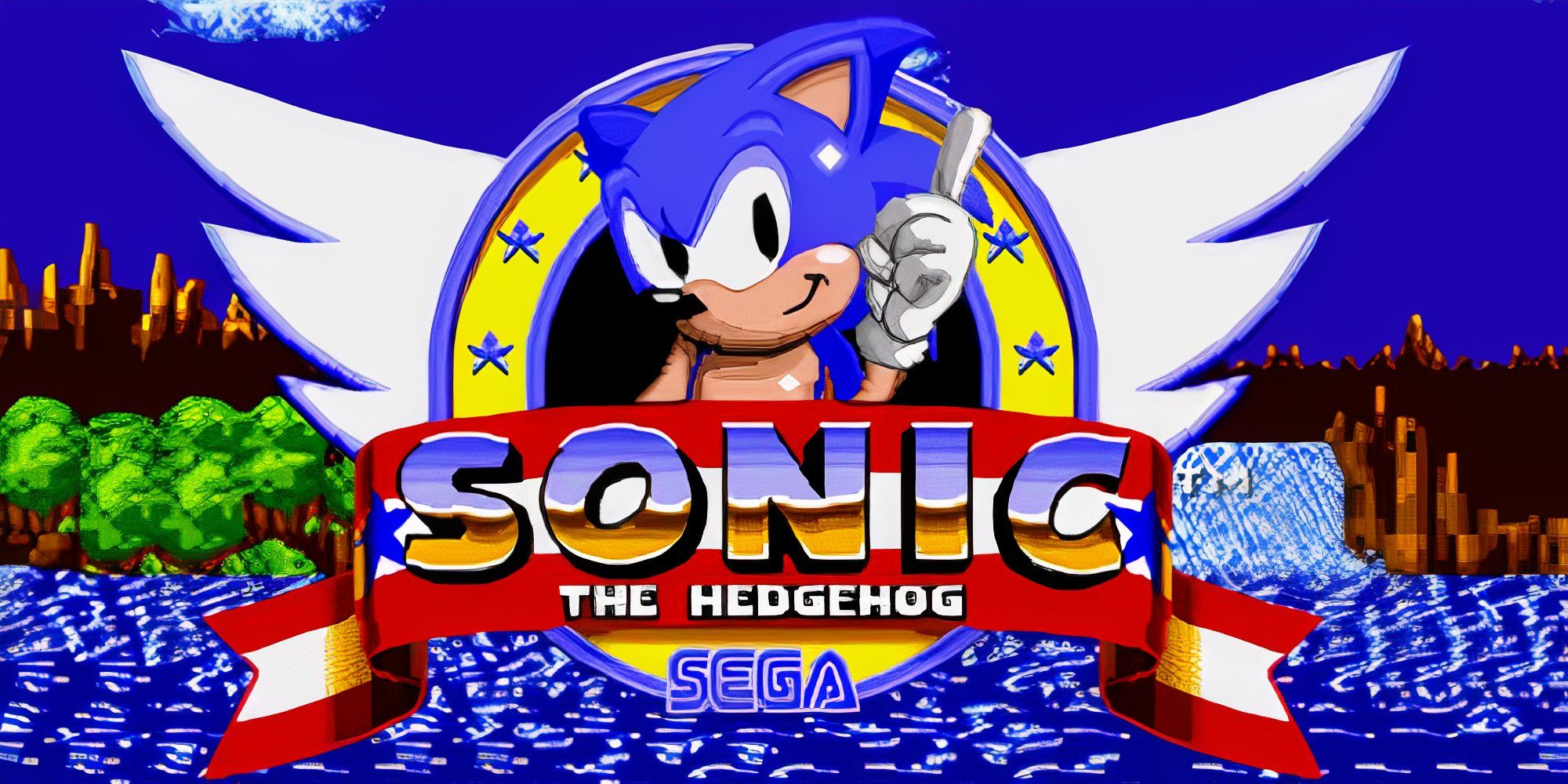
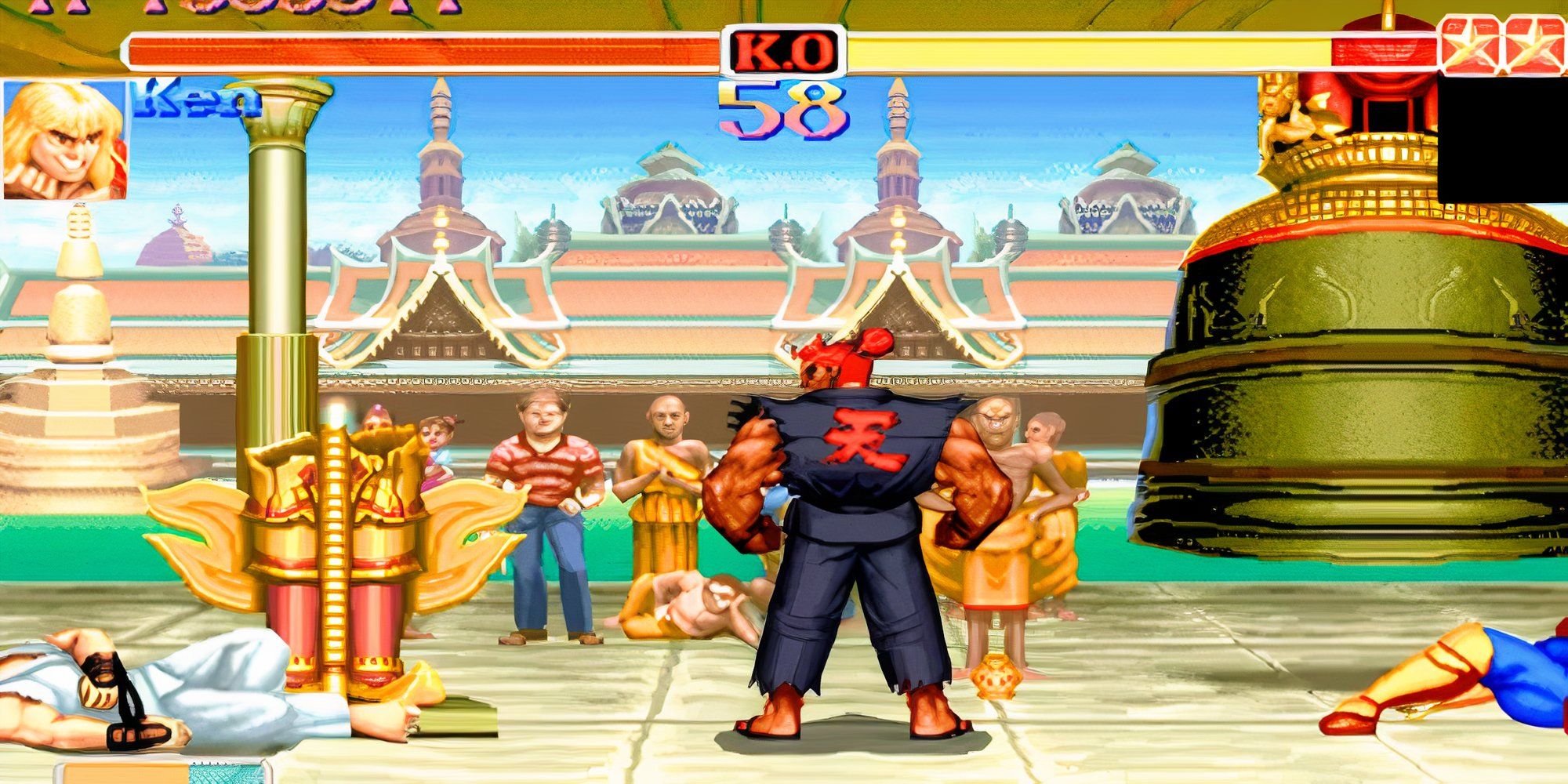
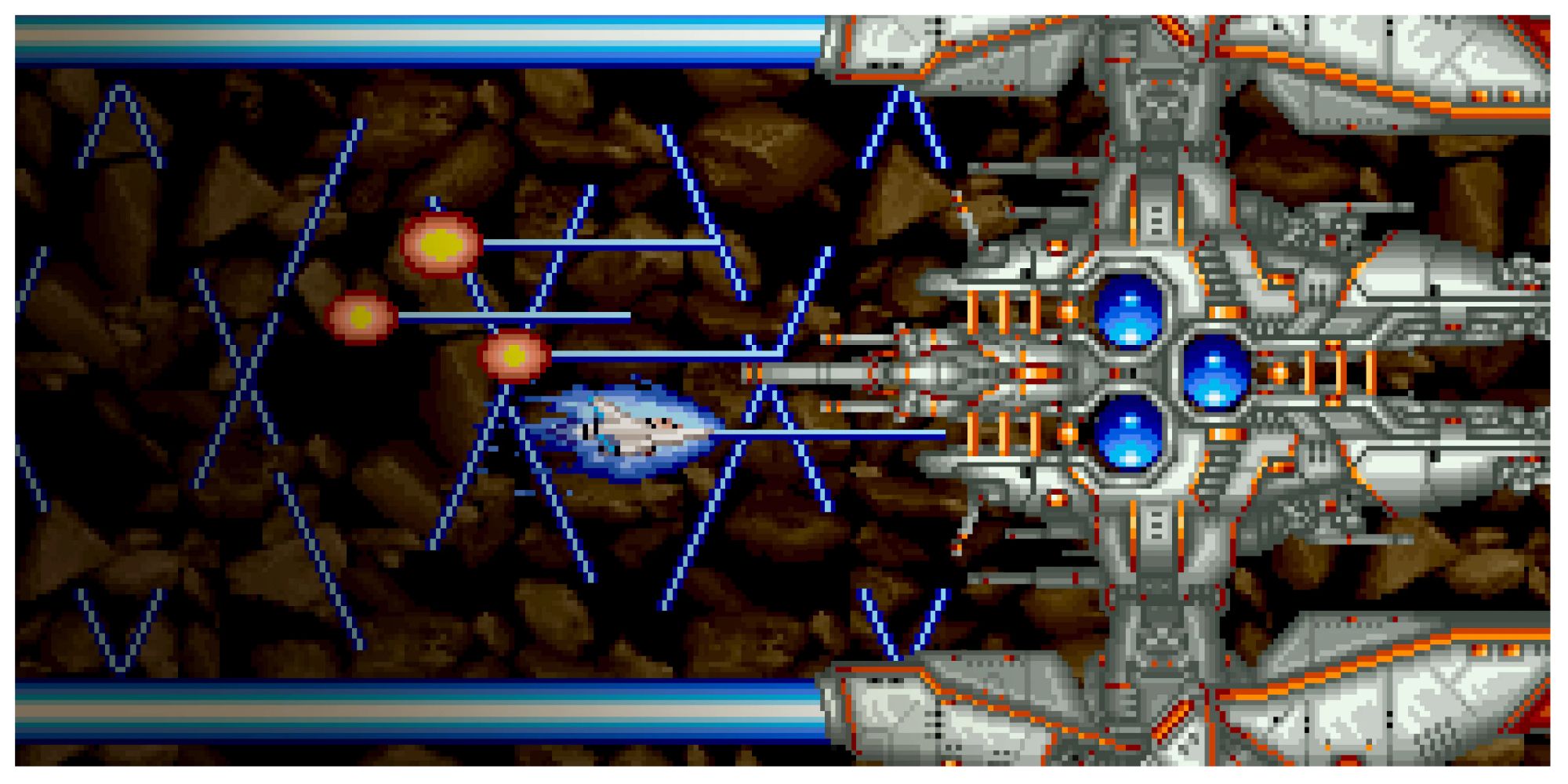
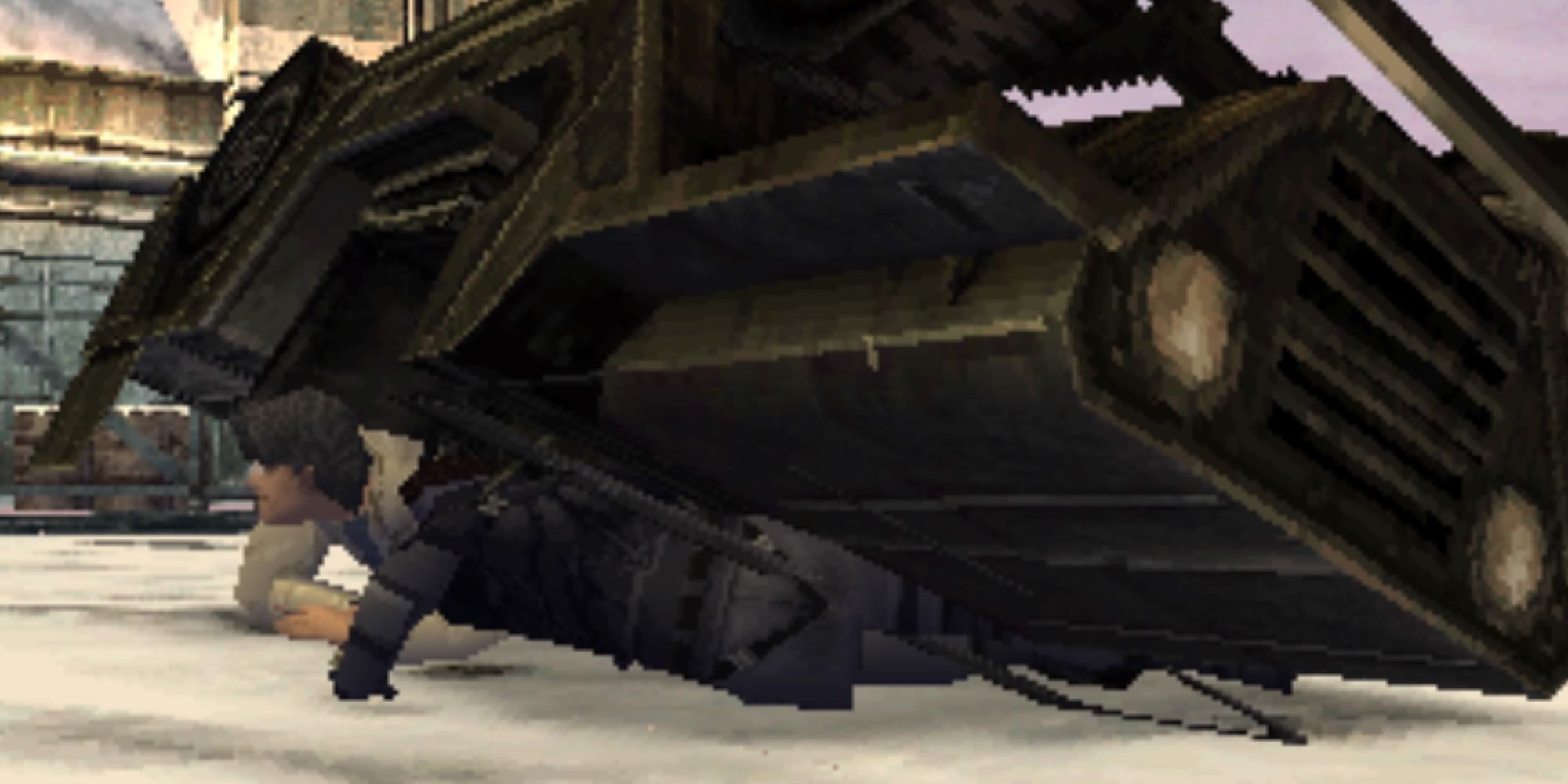


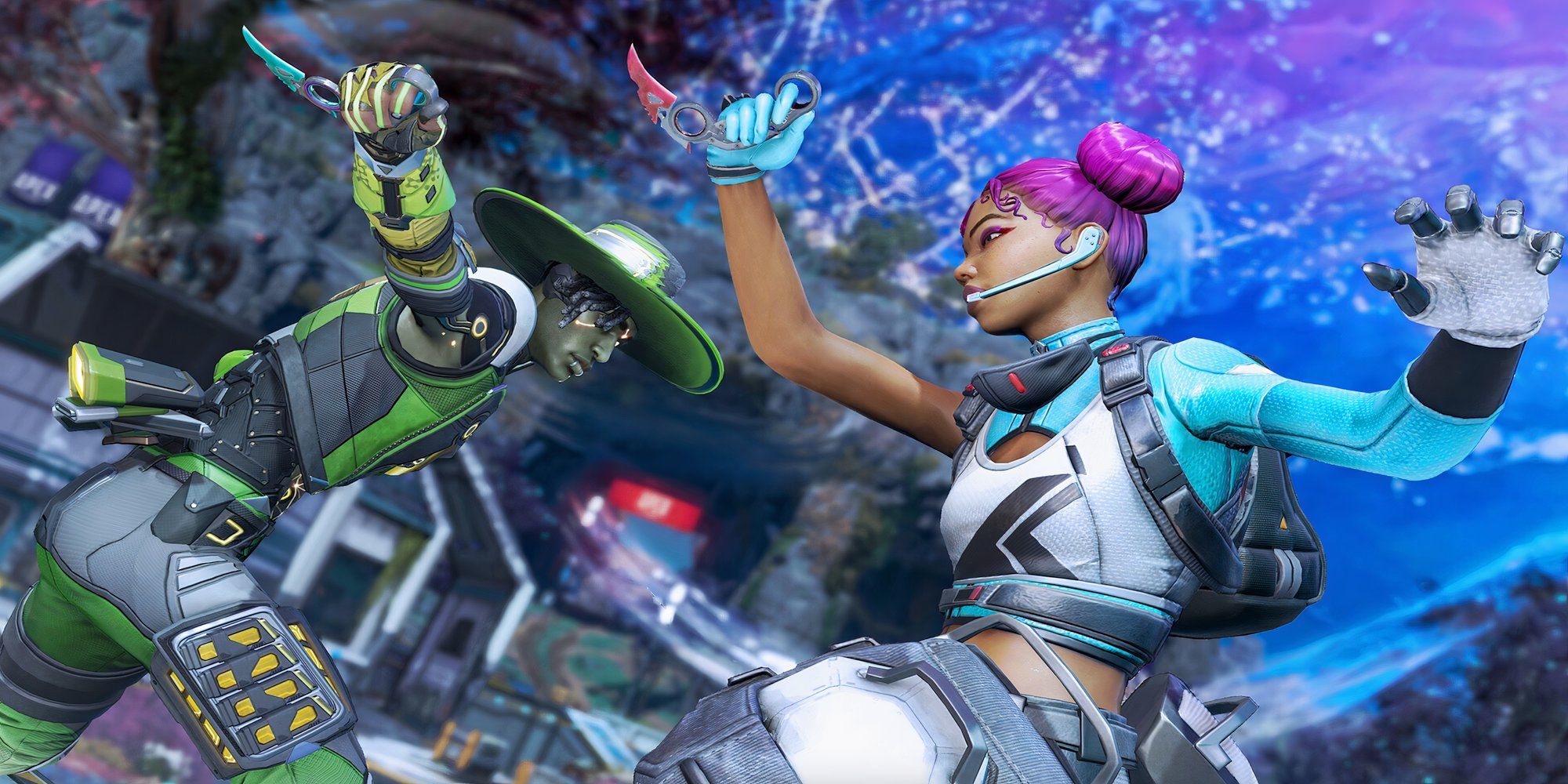
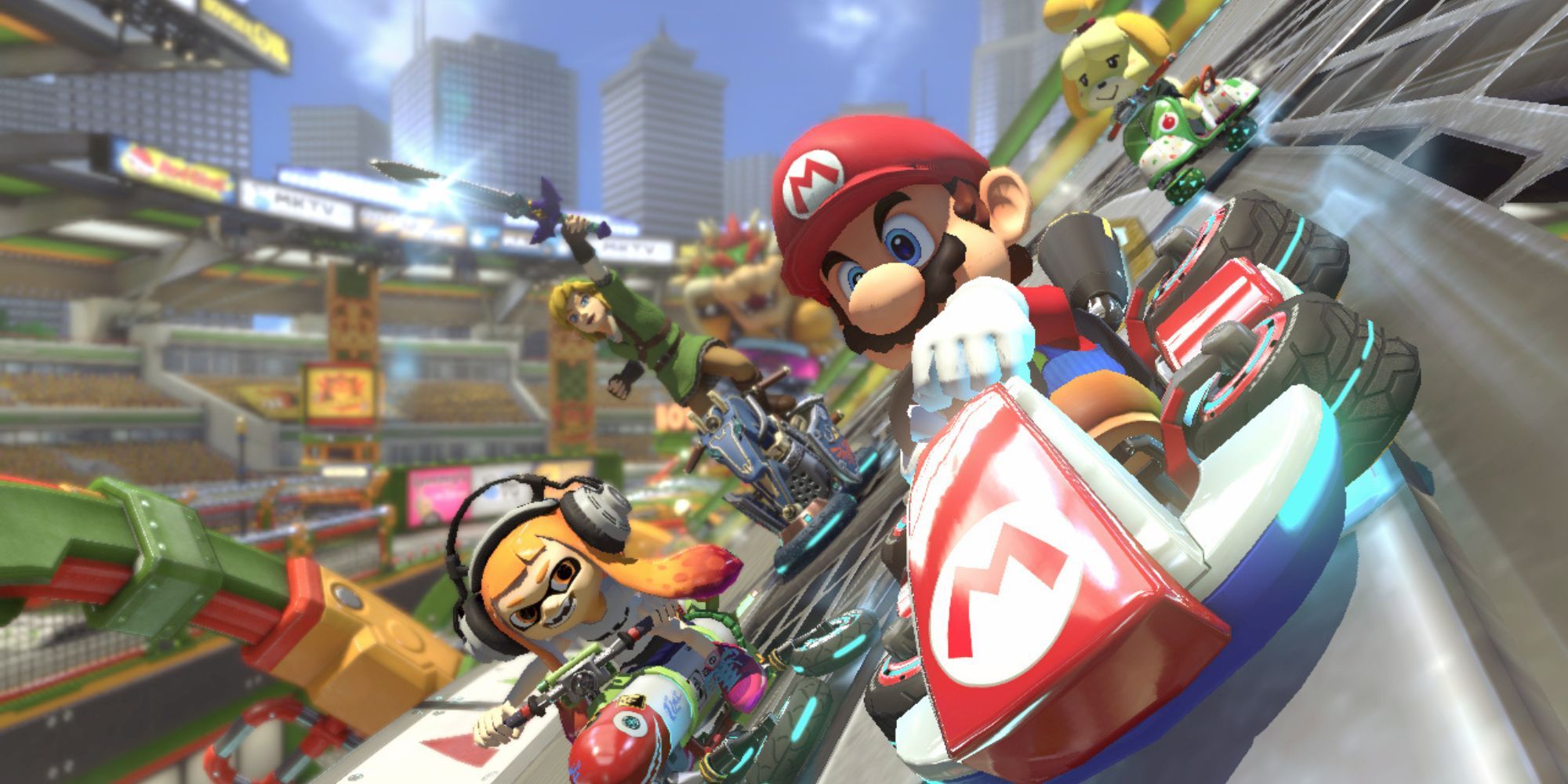
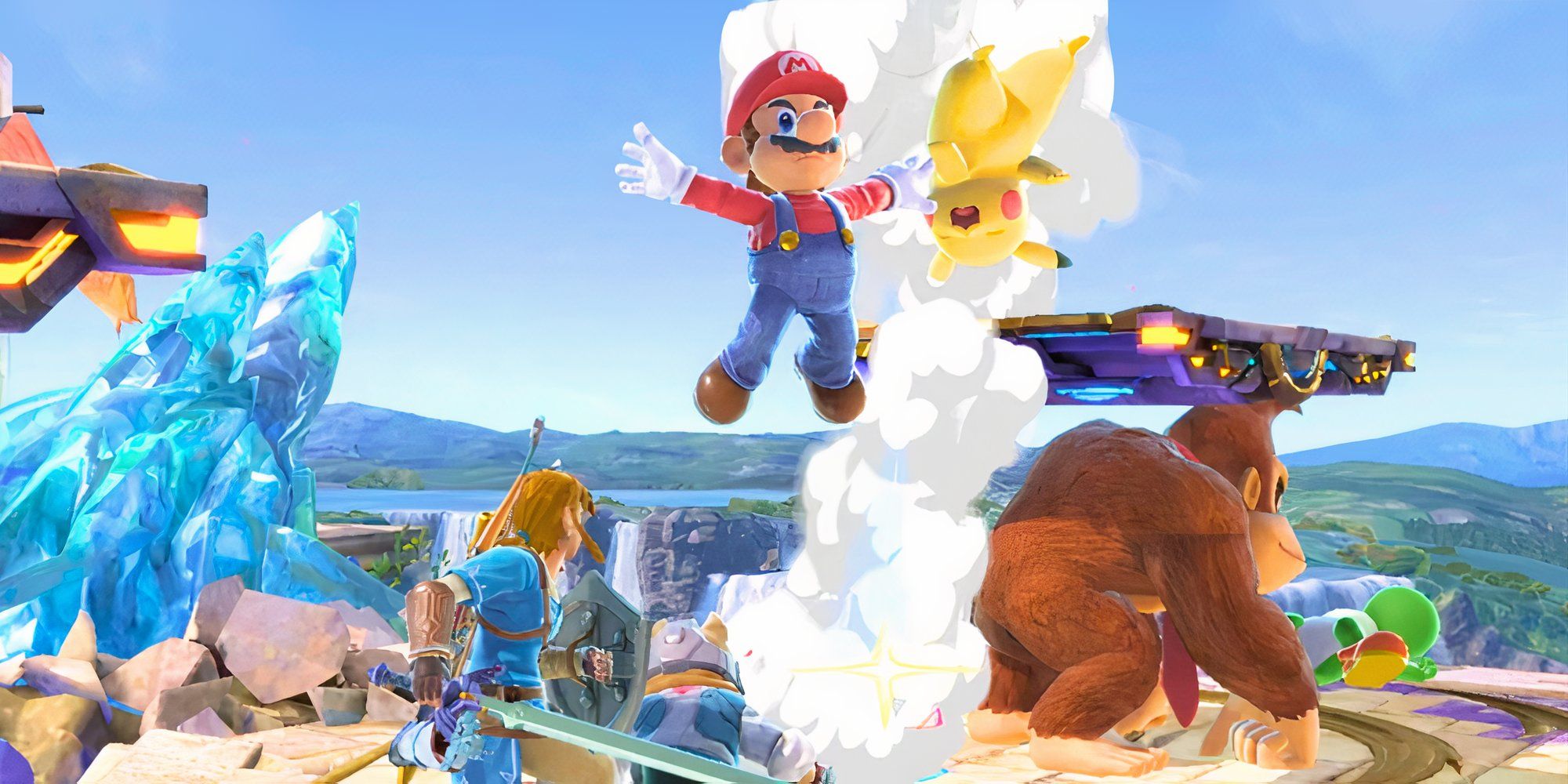

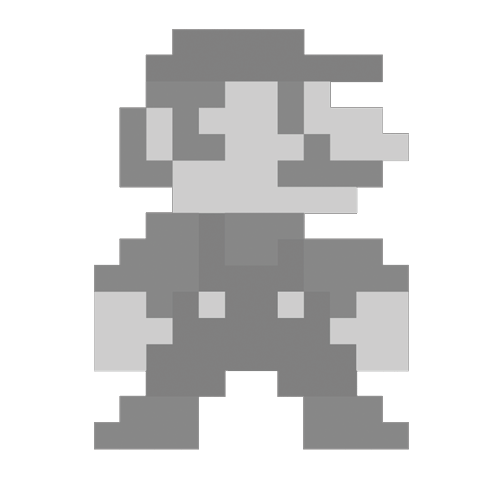
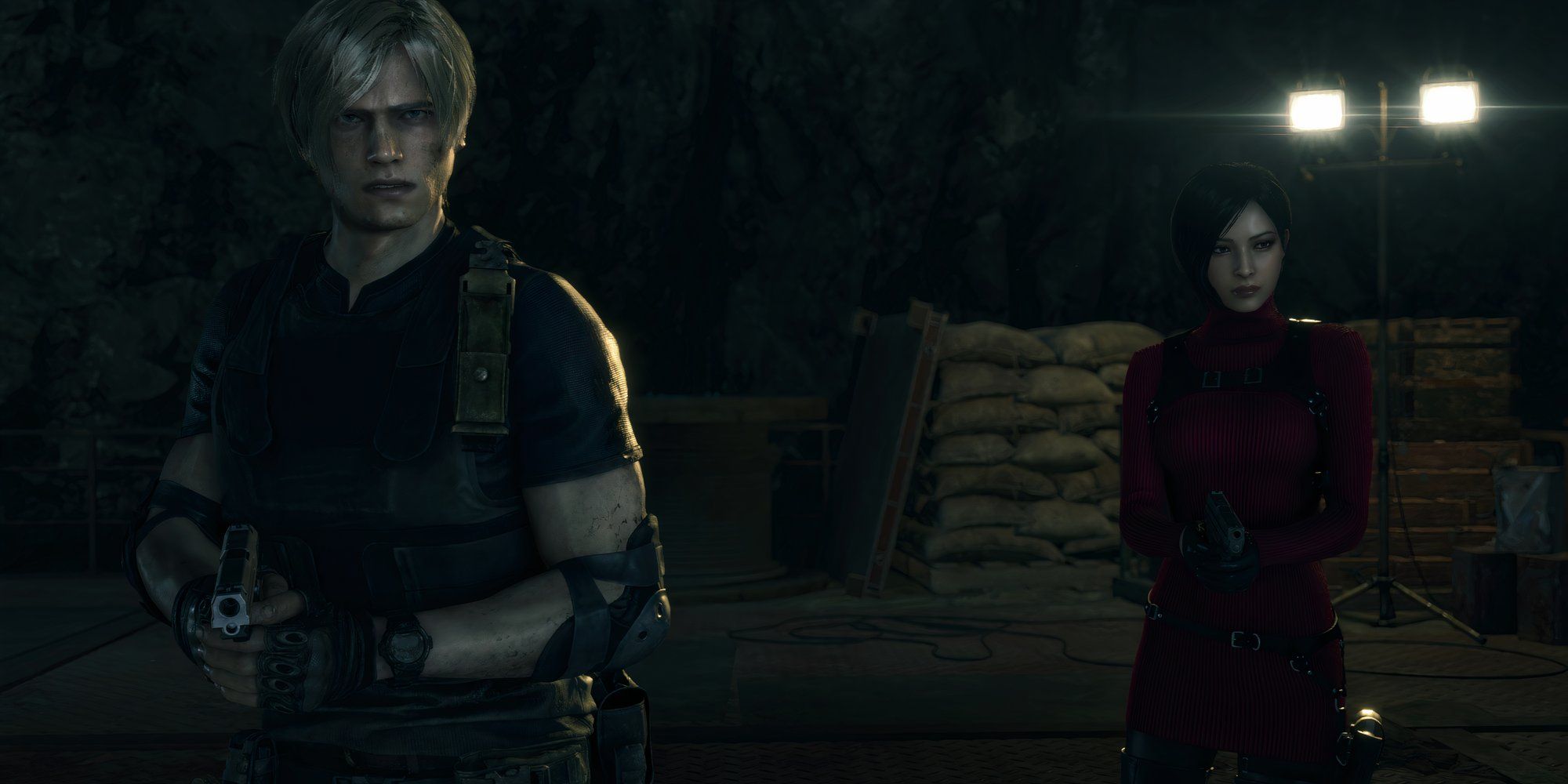
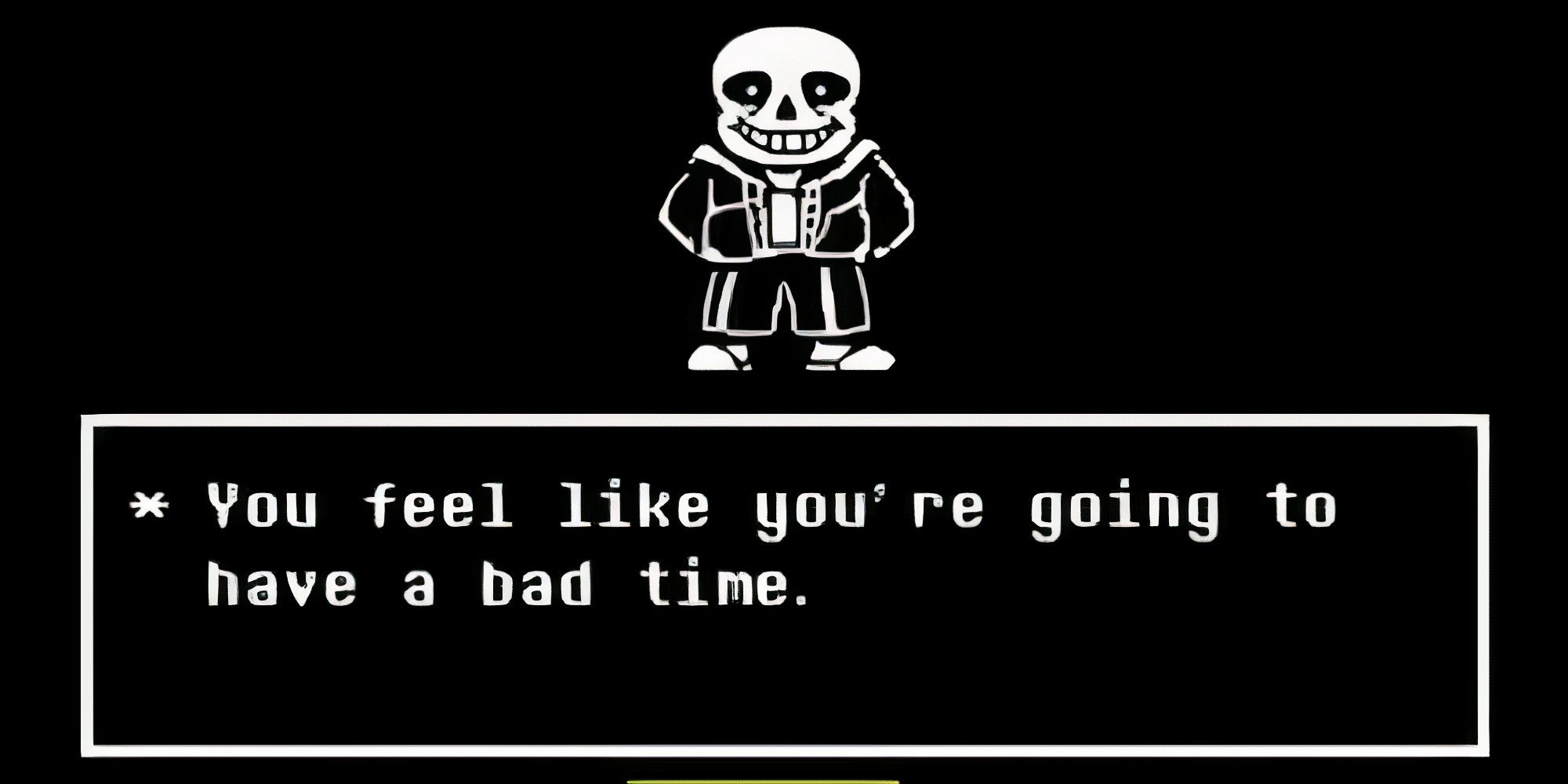
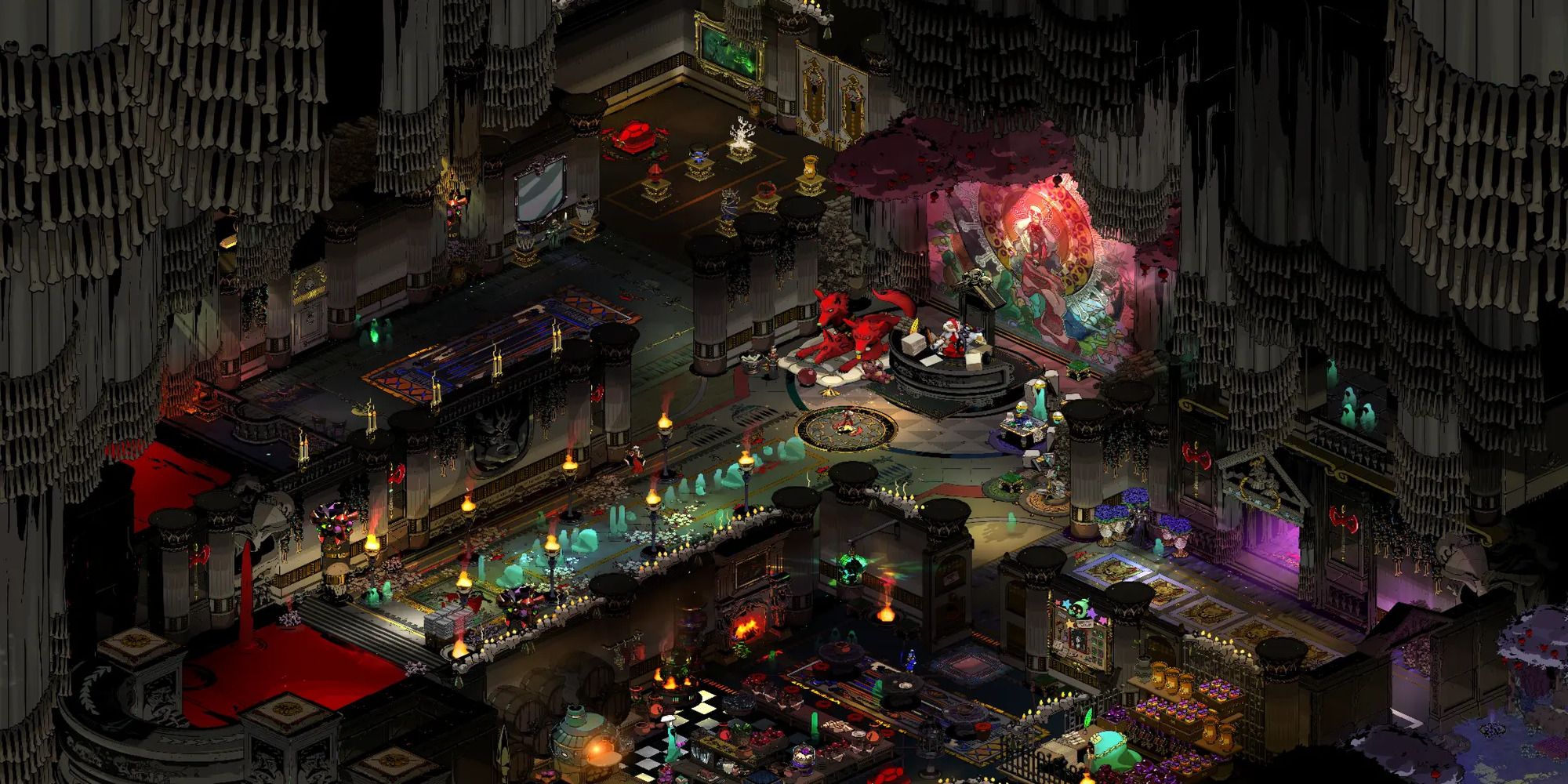

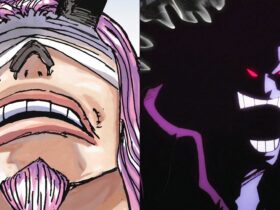








Leave a Reply